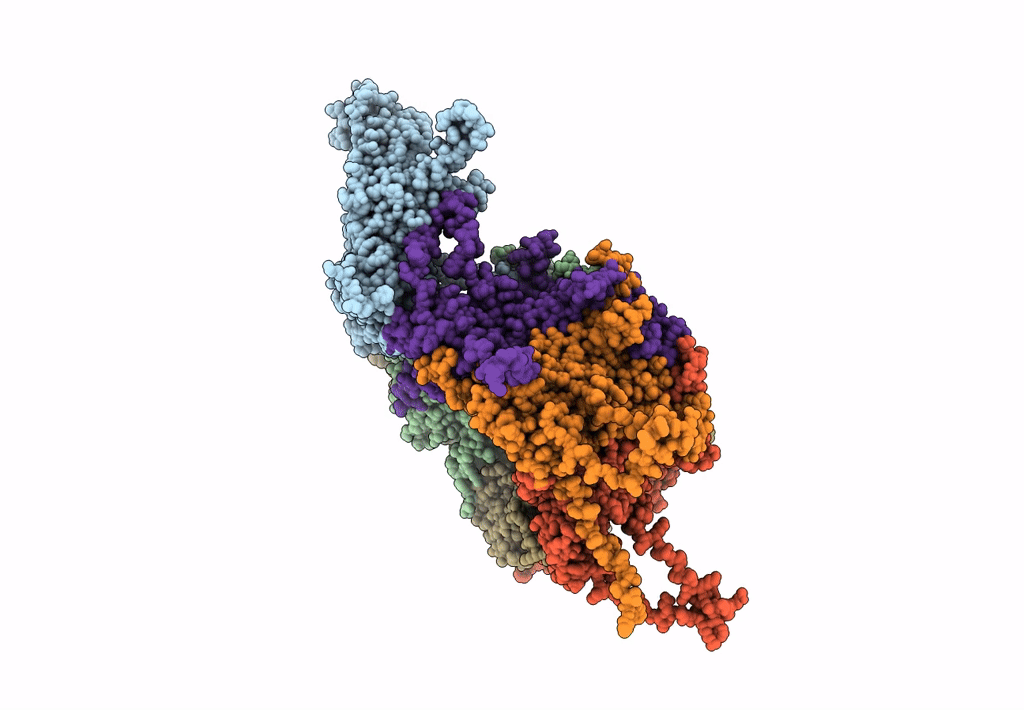
Deposition Date
2020-12-10
Release Date
2021-02-24
Last Version Date
2024-03-06
Entry Detail
PDB ID:
7KZF
Keywords:
Title:
High resolution cryo EM analysis of HPV16 identifies minor structural protein L2 and describes capsid flexibility
Biological Source:
Source Organism:
Human papillomavirus type 16 (Taxon ID: 333760)
Host Organism:
Method Details:
Experimental Method:
Resolution:
3.10 Å
Aggregation State:
PARTICLE
Reconstruction Method:
SINGLE PARTICLE


